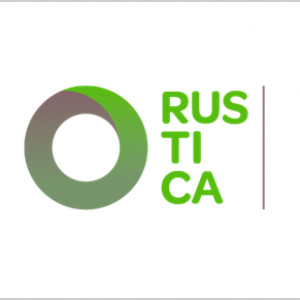 \
&
Contact us
\
&
Contact us
 \
&
Contact us
\
&
Contact us
Published on | 2 years ago
Last updated on | 3 months ago

ann.vanhauwaert@fwo.be
In Horizon Europe calculation for personnel cost for employees has been changed drastically compared to Horizon 2020.
Three main changes:
Both Daily rate and Day equivalents worked in the action are explained in detail below.
This is the amount of days worked in the reporting period.
BE AWARE: in the Model Grant Agreement it is stated that the calculation can also be done per calendar year. The COM allows this though will not support this - the COM incentivates to use the reporting period as explained in the Annotated Model Grant Agreement.
In Horizon Europe Monthly declarations are recommended (template is available – art 20 AMGA). Remark: For Horizon Europe you do not need to upload the declarations during project execution although it is stated so on the template of the declaration. Possibly you might be asked in other EU funded programmes than Horizon Europe to upload these declarations.
If you will keep using time sheets on hourly basis, then you have to convert first your hours worked into days, and use day-equivalents.
You can choose between time sheets or monthly declarations but the same should be chosen for the same category of employees. Or you can choose also differently per different cost center (eg. different approach per faculty of a university).
There are 3 conversion rules to convert hours worked into day-equivalents. The choice has to be made based upon your practices:
Once the conversion has been chosen, then solely at reporting time, the hours worked should be converted to the total number of days worked, by dividing the total of number of hours worked on the action by number of hours of a day equivalent.
Rounded up or down to the nearest half day
Example:
Capping rules
IMPORTANT capping rules (double capping rules) notwithstanding which type of declarations you will choose….
Keep in mind that you can only have one daily rate per person per reporting period!
This implies all costs, including taxes, social security, 13 month salaries, … (as in Horizon 2020), recorded in the statutory accounts during that period.
Pro-rata of 215
This personnel cost calculation can in Horizon Europe also be used for natural persons with a contract other than a standard employee. In Horizon Europe a self-employed or 1-person company are part of this category, as well are seconded persons. But they have to work under the same conditions as employees regarding supervision, with a similar similar time schedule as employees, and a remuneration based on working time rather than on delivering outputs.
NCP Flanders Legal & financial NCPs:
We offer news and event updates, covering all domains and topics of Horizon Europe, Digital Europe & EDF (and occasionally, for ongoing projects, Horizon 2020).
Stay informed about what matters to you.
By signing up, you can opt in for e-mail notifications and get access to
a personalised dashboard that groups all news updates and event announcements in your domain(s).
Only for stakeholders located in Flanders

The RUSTICA project obtained funding under Horizon 2020, more in particular under the topic ‘Closing nutrient cycles’. RUSTICA focuses on demonstration and implementation of circular bio-based nutrient valorisation chains, focusing on waste from the fruit and vegetable agro-food system. The project kicked off in 2021 and will run until 2024. It will use a strong multi-actor approach to co-create both socio-economic and technological knowledge in four case study regions in Europe and one in Colombia. The Flanders-based company DRANCO is one of the project partners and acts as technical project manager for the entire project. DRANCO participates in the project to develop its own technologies, to network and to help make the transition to a more circular based economy.